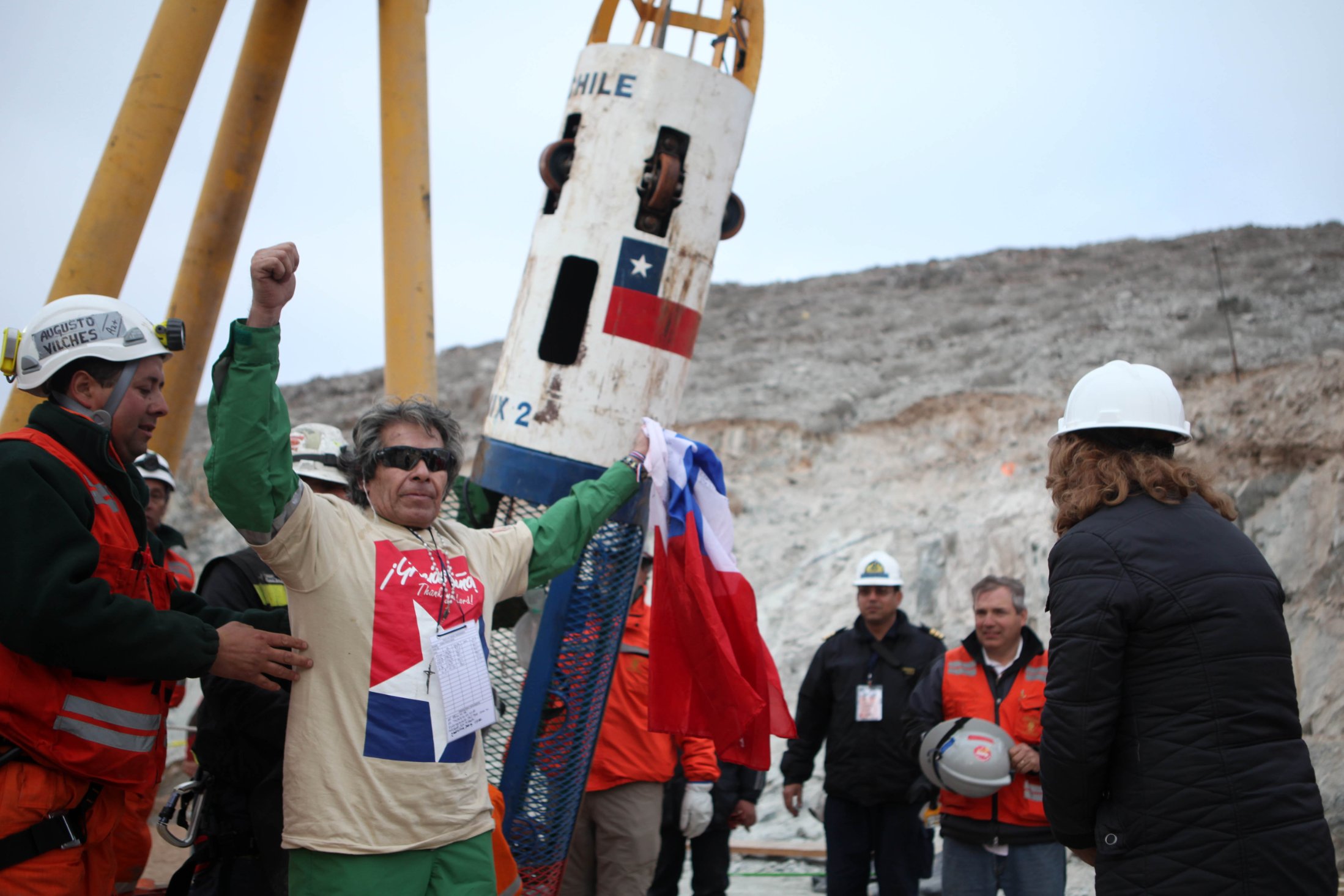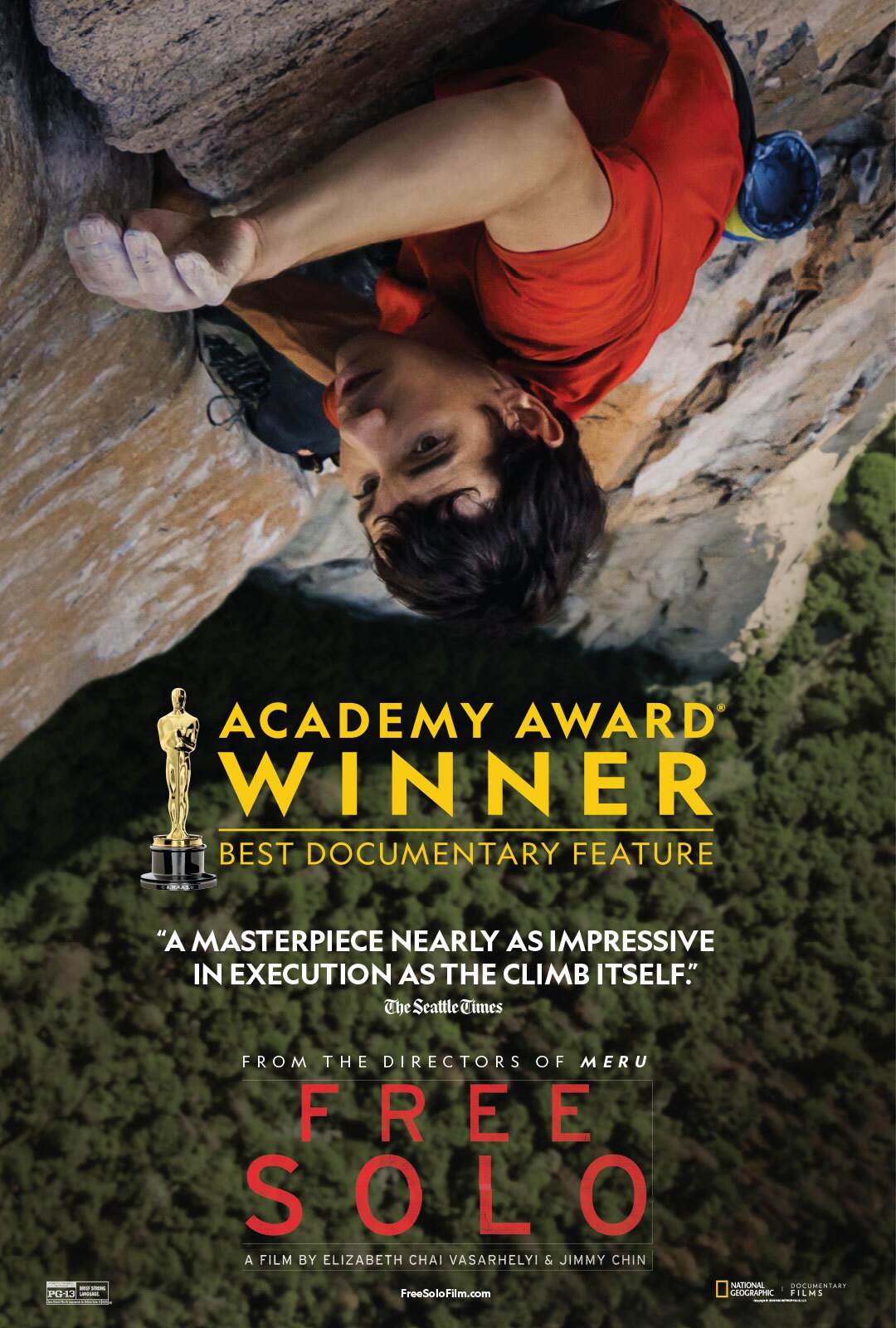
The following morning, they headed on buses toward the inner Atacama Desert, finally coming to the cutoff for the San Esteban Mining Company and the San José Mine. Bustos, a relative newcomer to the San José, carried a rosary with him.Īt the bus terminal in Copiapó, the city closest to the mine, the men unloaded their bags and took a short ride in communal taxis to the rooming houses where they were to sleep for the next seven nights.

Deep underground, they had built a shrine to one of the victims. The men of the San José Mine had also mourned the loss of fellow-workers, and seen friends maimed by sudden explosions of seemingly solid rock. While travelling through the region, Darwin saw a hill that was being mined, “drilled with holes, like a great ants’ nest.” When he rode north, he came upon the funeral of a miner the pallbearers were dressed in long, dark woollen shirts, leather aprons, and bright-colored sashes. In the village of Caleta Los Hornos, the men on the buses glimpsed the Pacific Ocean as the Pan-American Highway passed along the beach. In Darwin’s time, the country was only twenty-five years old, and his small expedition rode overland with four horses and two mules, making notes about Chile’s geology and its flora and fauna. When the men reached the port city of Coquimbo, nearly two hundred and fifty miles from the San José Mine, they joined the path that Darwin had followed. Mario Sepúlveda, a forty-year-old father of two, took a bus from the outskirts of Santiago, five hundred miles away. He travelled along a flat landscape filled with greenhouses, tractors, and the cultivated fields of Chile’s agricultural heartland, passing through the town of Talca, where José Henríquez, a tall, devout Christian, boarded yet another bus. Raúl Bustos left for work the next morning, from the port city of Talcahuano, eight hundred miles south of the mine. On the evening of August 3, 2010, Juan Carlos Aguilar began a bus journey of more than a thousand miles to reach the San José Mine, leaving from the temperate rain forests near Valdivia. The minerals draw workers to the Atacama from all over Chile.


In the deeper desert, miners are the only conspicuous living presence they ride in trucks and buses to the mountains, which contain gold, copper, and iron. In his journal, he described the desert as “a barrier far worse than the most turbulent ocean.” Charles Darwin briefly passed through this corner of the Atacama in 1835. When that happens, the dust turns to mud as thick as freshly poured concrete.
Documentary s on miners south america torrent#
Once every dozen years or so, a storm system sweeps across the desert, dropping a torrent of rain. The San José Mine is situated inside a round, rocky, and lifeless mountain in the Atacama Desert, in Chile.


 0 kommentar(er)
0 kommentar(er)
